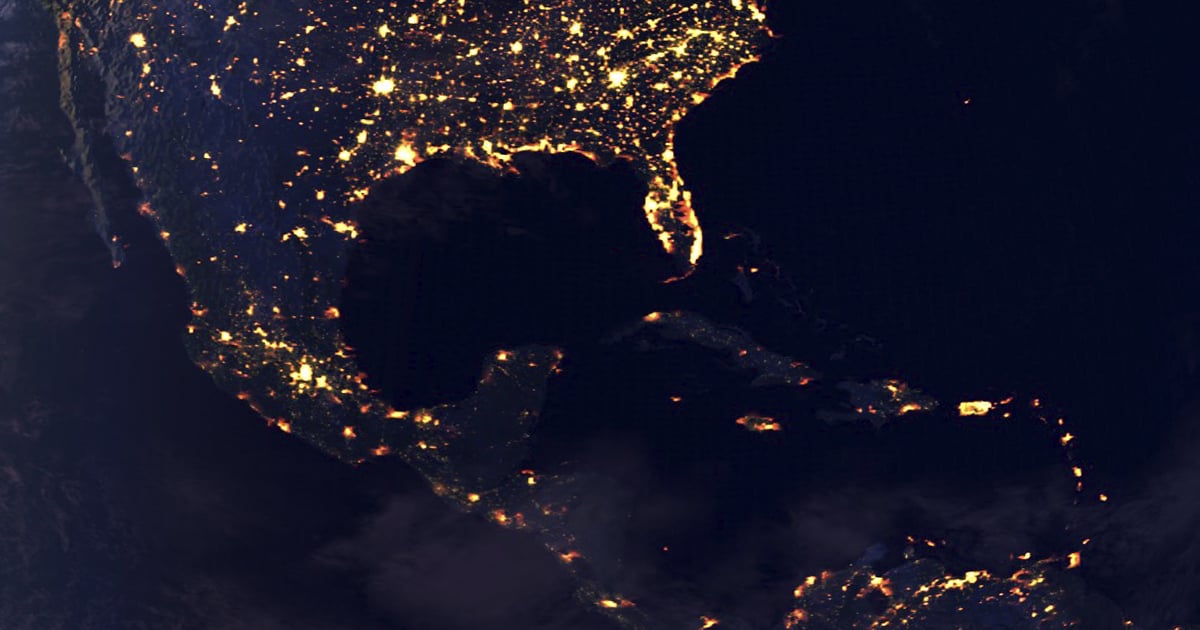
The energy crisis in Cuba has intensified during 2024, impacting daily life and the national economy. Blackouts, lasting up to 24 hours in some areas, are the result of a combination of outdated infrastructure, lack of investment, and management issues. This article outlines the development of this crisis from July to November 2024.
First semester of 2024: Beginning of the crisis
In the early months of the year, Cubans noticed an increase in blackouts, especially in the eastern provinces. In March, the Antonio Guiteras Thermoelectric Plant experienced failures, leaving several provinces without electricity. The situation worsened in May and June, with blackouts of up to 12 hours a day in some areas. Authorities implemented conservation measures, but the generation deficit was already insufficient to meet the demand.
July 2024: The crisis intensifies.
In July, blackouts became a regular occurrence. In Santiago de Cuba, industrial production was impacted, while in Camagüey and Holguín, some citizens protested publicly. The Cuban Electric Union (UNE) reported a generation deficit, leading to increased outages nationwide. In rural areas, such as Holguín, schools suspended classes due to a lack of electricity.
August 2024: A Summer Without End
In August, electricity demand increased, exacerbating the crisis. Cuba's Electric Union (UNE) reported a deficit of 1,200 MW, which led to electricity rationing in several provinces. In various urban and rural areas, service was interrupted for up to 18 consecutive hours, impacting hospitals and food storage. Many citizens turned to alternative solutions, such as using charcoal and kerosene for cooking.
September 2024: Protests are on the rise
In September, power outages exceeded 20 hours a day in provinces such as Santiago de Cuba and Holguín, leading to an increase in protests. Authorities attributed the shortages to the embargo, but this justification did little to calm the population. In Havana, rolling blackouts were implemented to mitigate the impact of the outages, while frustration grew on social media.
October 2024: Collapse of the electrical system
In October, the Cuban electrical system experienced a collapse. The Antonio Guiteras Thermoelectric Power Plant went offline once again, triggering a massive blackout across nearly the entire island. Authorities attempted to restore power, but several provinces were left without electricity for more than 24 hours. The UNE implemented "microsystems" of generation to prioritize hospitals and essential services. In Santiago de Cuba and Holguín, protests intensified, with demonstrations occurring in rural areas.
November 2024: No solutions in sight
At the beginning of November, the energy crisis showed no signs of improvement. The Unión Eléctrica de Cuba (UNE) warned of a deficit of up to 1,500 MW during peak hours, severely affecting the central-eastern provinces. In Villa Clara, nearly all residential circuits experiences power outages for days. The Minister of Energy, Vicente De La O Levy, acknowledged that the Cuban electrical system is "fragile." Without a clear contingency plan, the population continues to face daily blackouts.
A collapsing electrical system
The National Electric System (SEN) is facing a structural crisis due to years of disinvestment and lack of maintenance. The main thermoelectric plants operate with outdated equipment and experience constant breakdowns. Although the government has attributed the crisis to the embargo, the system requires urgent modernization.
Impact on daily life and tourism
Power outages affect not only the Cuban population but also foreign visitors. In October, several tourists were stranded in the country due to these cutoffs. The crisis has also impacted key sectors such as health and food, leading to issues with the refrigeration of medications and food products. The lack of electricity forces many citizens to seek alternative methods for basic tasks.
Official responses and justifications
The Cuban government, led byMiguel Díaz-CanelIt has attempted to justify the blackouts as a result of external restrictions. However, these explanations have not appeased the population, which is demanding concrete solutions. On social media, citizens are expressing their frustration and calling for the government to take responsibility.
An Uncertain Future
The energy situation in Cuba highlights the vulnerability of the electrical system and the absence of a strategy to address generation issues. Despite promises of stability in supply, blackouts continue, and the frustration among the population grows. The island urgently needs investments in infrastructure and effective management that can provide long-term solutions, but improvement does not seem to be on the horizon. Cubans are grappling with the uncertainty of a crisis-stricken system that has evolved from a mere inconvenience to a national challenge.
What do you think?
COMMENTFiled under: